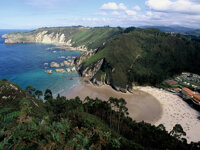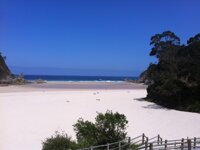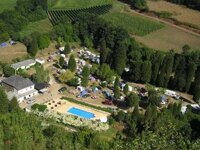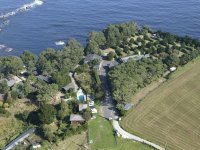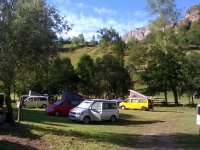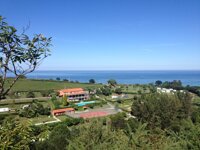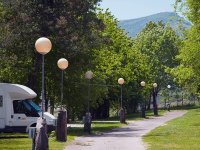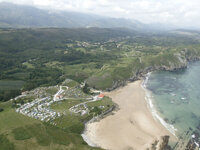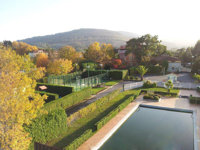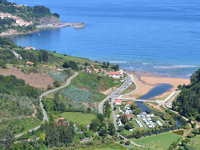Camping in Asturias
11 campsites in Spain, Asturias
Campsite Listing Google Map
The following consent is required:
Tracking & performance, Targeting & advertising.
Asturias
Like its neighbouring province, Cantabria, Asturias also has a beautiful coastline, albeit more rugged and wild, with the Picos range separating them. In the south the Cantabrian mountains form a natural border between Asturias and Castilla-León.

Situated between the foothills of the Picos mountains and the coast is the seaside town of Llanes, in the east. It has several good beaches, beautiful coves and, given its location, is a good base for exploring the Picos del Europa. Along the coast towards Gijón are more seaside resorts including Ribadesella, with its fishing harbour and fine beach. The cities of Gijón and, in particular, Avilés are renowned for their carnival festivities, a national event which takes place in late February. This week-long party involves dancing, live music, fireworks and locals who dress up in elaborate costumes. South of here, towards the centre of the province, is the capital, Oviedo. The city boasts a pedestrian old quarter with numerous squares and narrow streets, a cathedral, palaces, a fine arts museum, an archaeological museum plus various churches that date from the ninth century. There are also plenty of sidrerías (cider houses). The west coast of Asturias is more rugged. One of the most attractive towns along here is Luarca, built around a cove surrounded by sheer cliffs. With a fishing harbour and an array of good restaurants and bars, the town’s traditional character is reflected in its chigres – old Asturian taverns– where visitors learn the art of drinking cider.

Places of interest
Avilés: 14th- and 15th-century churches and palaces.
Cudillero: Small, charming fishing port.
Gijón: 18th-century palace, beaches, museums.
Villahormes: Seaside town with excellent swimming coves.
Villaviciosa: Atmospheric old town, 13th-century church, cider factory.
Cuisine of the region
Local specialities include fabada, a type of stew made with haricot beans called fabes, potes (soups) and of course cider, which can be drunk in sidrerías. The customary way to serve cider is to pour it from a great height, a practice known as escanciar, into a wide-mouthed glass only just covering the culín or bottom. Rice pudding is the traditional dessert and frixuelos (crepe), huesos de santo (made from marzipan) and tocinillo de cielo (syrup pudding) are eaten during festivals.
Brazo de gitano: A type of Swiss roll.
Carne gobernada: Beef in white wine with bacon, eggs, peppers and olives.
Fabada asturiana: Haricot beans, chorizo, cabbage, cured pork shoulder and potatoes.
Pastel carbayón: Almond pastry.
